Understanding the Versatility of Bulbs
Lighting technology has evolved significantly, and bulbs are at the forefront of this evolution. The term 'bulb' encompasses a diverse range of lighting solutions designed to cater to various settings and purposes. From the illumination of domestic spaces to the brightening of commercial areas, bulbs play an integral role in modern lighting systems.
Types and Features of Bulbs
The category of bulbs includes several types, such as LED bulbs, which are known for their energy efficiency and longevity. Other categories include incandescent bulbs, which are traditional but less energy-efficient, and compact fluorescent lamps (CFLs), which offer a balance between energy usage and brightness. Each type comes with distinct features like dimmability, color temperature range, and lumens output, allowing for customization according to lighting needs.
Applications Across Environments
Bulbs are not limited to residential use; they are also pivotal in commercial and industrial settings. The adaptability of bulbs is evident in their wide range of applications, from providing the right ambiance in a hotel room to ensuring productivity in an office environment, or facilitating operations in warehouses. The choice of bulb is critical in setting the appropriate mood and functionality for each space.
Material and Design Considerations
The construction materials of bulbs vary, including options like polycarbonate (PC), acrylonitrile butadiene styrene (ABS), and aluminum. These materials are selected for their durability, heat dissipation properties, and aesthetic appeal. The design of bulbs also plays a crucial role in their application, with options ranging from sleek and modern to robust and functional.
Advantages of Modern Bulbs
Modern bulbs offer several advantages over traditional lighting solutions. They are designed to be more energy-efficient, have a longer lifespan, and provide a better quality of light. Additionally, with the advent of smart lighting, bulbs now come with features such as remote control operation, sensors for automated lighting adjustments, and manual button interfaces for ease of use.
Choosing the Right Bulb
Selecting the right bulb involves considering the specific needs of the space, such as the intensity of light required, the desired energy consumption, and the preferred lighting atmosphere. With a multitude of options available, it is essential to understand the specifications and features that align with the intended application.






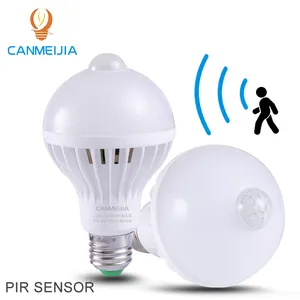

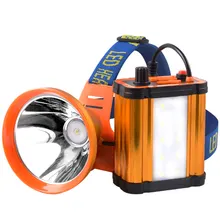

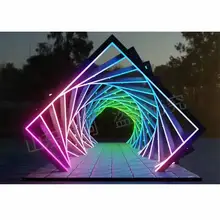





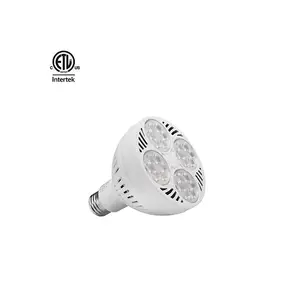
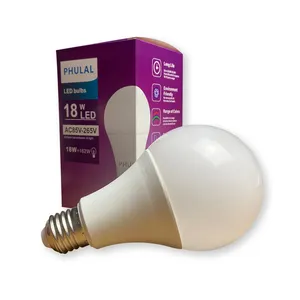




















 浙公网安备 33010002000092号
浙公网安备 33010002000092号 浙B2-20120091-4
浙B2-20120091-4